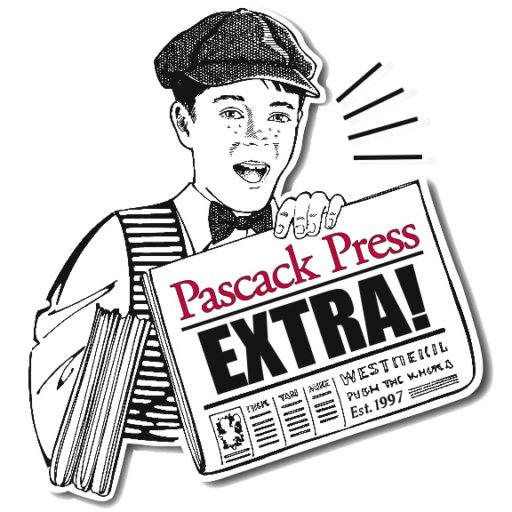
BY MICHAEL OLOHAN
OF PASCACK PRESS
MONTVALE, N.J. –– A long-discussed ordinance to protect and preserve borough trees during construction is likely to be introduced at the Nov. 28 council meeting, said Borough Attorney Joseph Voytus at the Oct. 30 work session.
[slideshow_deploy id=’899′]
Voytus said he put the comments and information provided by the environmental commission and public together for a draft ordinance included with the Oct. 30 agenda online.
Environmental Commission Chair Robert Hanrahan said the environmental commission will review the draft ordinance Nov. 20 and provide comments to Voytus.
“At first glance, I didn’t see any major issues at all,” said Hanrahan, who appeared before council members Oct. 30.
Voytus said when he receives environmental commission input, he will “tweak” the draft ordinance and prepare it for likely introduction Nov. 28.
Under “Tree Removal and Demolition” the draft ordinance states that “there is a need to regulate and control the demolition of buildings and structures because uncontrolled demolition and clearing of land can be detrimental to the public safety, health and general welfare. There is a desire to control and regulate indiscriminate tree removal as part of the demolition of buildings and structures.”
The draft ordinance lists nine sections including “Demolition Permit Required” in which it says “tree removal outside the approved limits of disturbance shall not be permitted without first obtaining a tree removal permit.”
An illustrated chart indicating “tree preservation zones” from center, sides and rear of property sites for R40, R15 and R20 zones shows specific required preservation setbacks for each type of development.
Exemptions to the ordinance include single-family residential lots not subject to expansion or land development application.
Also, exemptions are permitted for driveway or roadway access from an existing road, necessary land grading for drainage or building construction, construction of underground utilities, and removal of dead, dying or diseased trees that are a hazard to structures or people.
Other exemptions include trees with less than a 6-inch caliper trunk measured from 4.5 feet above highest grade, any tree growing in public right of way, tree removal as part of a government agency improvement project, commercial nurseries and farming activities, and trees hindering sight lines.
Ordinance violators may face “a fine of not less than $500” for each tree removed in violation of the new law, states the draft.
The draft shows nine sections such as violations, tree removal, tree removal permit required, exemptions, and compensatory plantings.
“We did our best to strike a balance between creating regulations which will have a measurable effect on reduction of indiscriminate tree removal while not negatively affecting the general public.
[slideshow_deploy id=’899′]
“In fact, we believe residents will realize and appreciate the positive effect of ensuring existing tree buffering is maintained during construction events on adjoining properties,” wrote Hanrahan in July, when presenting the commission’s recommendations for tree removal ordinances.
